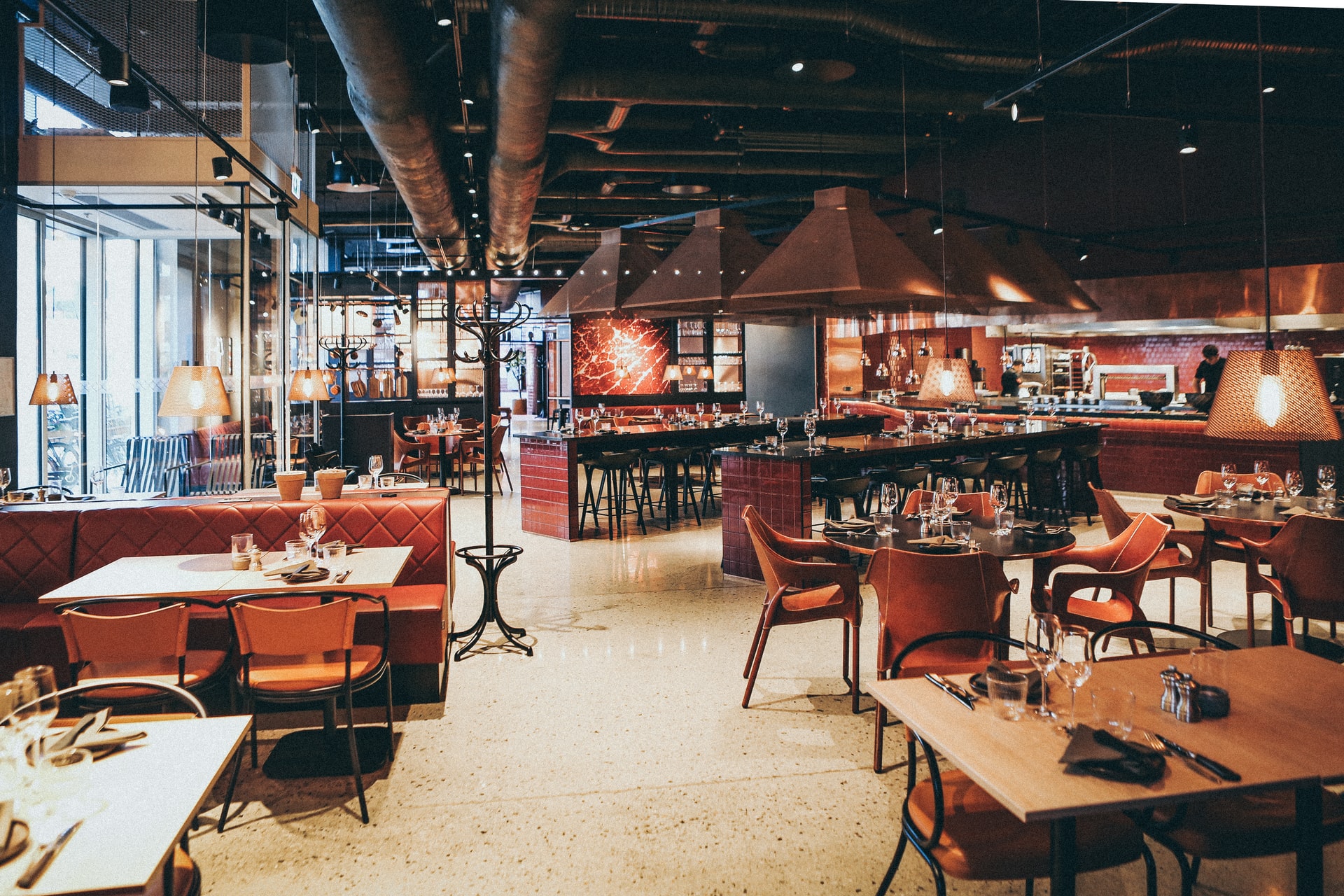Everything You Should Know About Apps for Booking Restaurants
One of the most challenging chores is planning a visit to a restaurant with family or friends. Starting with compiling a list of participants and their cuisine preferences and ending with a list of potential restaurants. The entire restaurant reservation process is tedious and time-consuming. With everything turning digital, even the restaurant business has embraced technology to serve its customers better. Booking restaurant solutions have also changed. Let’s take a closer look at restaurant booking apps.
When developing apps for booking restaurants, one of the most important factors is a business model. Let’s take a quick look at two types of it. The aggregator model functions as a marketplace where restaurants can register with numerous restaurant booking applications. You can charge the restaurants a certain sum for each transaction or table reservation and connect with many restaurants to expand the customer base and boost return on investment. The main disadvantage of this model is that initially, service providers will need to invest in developing an application and resources to train restaurant staff on how to utilize the software. Another type is the self-owned app, which restaurant owners use to reserve tables. You can provide special discounts to consumers, which will increase app downloads and customer loyalty, but the restaurant will find it challenging to expand its consumer base and business. Which model to choose is up to you.
If your website currently lacks online ordering capabilities, don’t worry! You can easily enhance your website by utilizing a restaurant website builder. With this tool, you can create an online restaurant menu and provide your customers with a seamless ordering experience.
What Can Agency for Development Restaurants Apps Provide?
Let’s start with the fact that it is difficult for a restaurant booking app development from scratch without the help of an IT company. Contact an agency for the development of restaurant apps that will help you develop your application. A good company can supply cross-platform custom app development for restaurants. A hired team provides you with accurate marketing for the product. Social media marketing, Search Engine Optimization (SEO), Pay Per Click (PPC), and content marketing are the options for promoting your app. A hired team can help you develop a marketing plan strategy by understanding your requirements in full.
Hence, if you want to create a quality restaurant application but don’t have the appropriate skills and don’t know where to start, hire a team of professionals to help with implementing your plans.
What Apps Do Restaurants Use for Making Business More Lucrative?
If you are a restaurant owner or plan to enter this field, you have probably thought about how to properly organize employees’ work, manage inventory, advertise your institution, and more. So much responsibility falls on your shoulders; how can this be simplified? The answer is unique apps for restaurants, but what apps do restaurants use? Let’s discuss it.
Partender easy liquor inventory tracking capabilities assist in reducing shrinkage. Enter your liquor selections, measure the exact amount in each bottle, and upload the information to the cloud. This restaurant app tracks inventory and provides consumption metrics so you can see what’s being sold and what’s not.
TouchBistro includes complete order management, a customizable menu, staff scheduling, inventory management, robust reporting capabilities, and the ability for servers to take payments at the table, managers to monitor sales activities, and accountants and administrators to quickly access valuable performance trends.
Restaurant delivery apps open up a whole new revenue stream for eateries that deliver. Delivery applications provide confirmation and accurate order records to restaurants and customers, reducing the risk of error associated with over-the-phone orders.7Shifts is a restaurant-specific employee scheduling program. Employees may download the app to their phones, giving them access to forthcoming shifts, scheduled availability, and time-off requests. Managers may approve shift swaps from their phones, send direct messages to their employees, and manage scheduling calendars.



 Bitcoin
Bitcoin  Ethereum
Ethereum  Tether
Tether  XRP
XRP  Solana
Solana  USDC
USDC  TRON
TRON  Cardano
Cardano  Lido Staked Ether
Lido Staked Ether  Avalanche
Avalanche  Toncoin
Toncoin